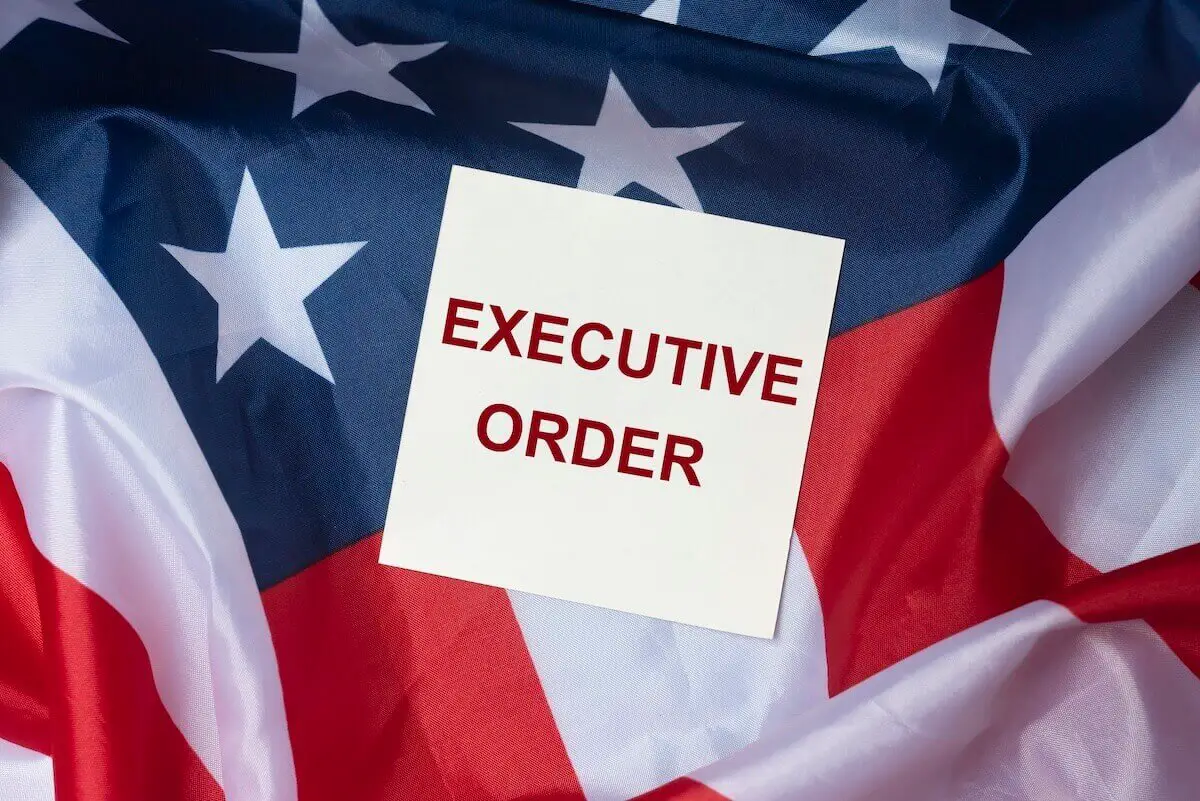President Trump signed an Executive Order today calling for closing the Department of Education and returning control of education to the individual states.
Policy Changes and Provisions
The order mandates the Secretary of Education to undertake all necessary steps to facilitate the closure of the Education Department and ensure a seamless transition of educational authority to the states. The key portion of the Order states:
The Secretary of Education shall, to the maximum extent appropriate and permitted by law, take all necessary steps to facilitate the closure of the Department of Education and return authority over education to the States and local communities while ensuring the effective and uninterrupted delivery of services, programs, and benefits on which Americans rely.
The Order also directs Education Secretary Linda McMahon to ensure allocation of agency funds is in compliance with federal law and the Trump administration’s policies, namely with respect to ensuring “that any program or activity receiving Federal assistance terminate illegal discrimination obscured under the label ‘diversity, equity, and inclusion’ or similar terms and programs promoting gender ideology.”
Purpose and Rationale
The Executive Order, titled Improving Education Outcomes by Empowering Parents, States, and Communities, underscores the belief that the federal oversight of education has not served the nation’s students, teachers, or families effectively. Despite significant federal funding, educational outcomes remain suboptimal, with American reading and math scores at concerning lows.
One statistic cited in the Order was from the National Assessment of Educational Progress reports alarming statistics: 70% of 8th graders are below proficiency in reading, and 72% are below proficiency in math. The President argues that the centralized bureaucracy has failed to deliver quality education, necessitating a shift back to state and community control.
Department of Education Secretary Linda McMahon said in a statement:
Education is fundamentally a state responsibility. Instead of filtering resources through layers of federal red tape, we will empower states to take charge and advocate for and implement what is best for students, families, and educators in their communities.
Closing the Department does not mean cutting off funds from those who depend on them—we will continue to support K-12 students, students with special needs, college student borrowers, and others who rely on essential programs. We’re going to follow the law and eliminate the bureaucracy responsibly by working through Congress to ensure a lawful and orderly transition.
With today’s action, we take a significant step forward to give parents and states control over their children’s education. Teachers will be unshackled from burdensome regulations and paperwork, empowering them to get back to teaching basic subjects. Taxpayers will no longer be burdened with tens of billions of dollars of waste on progressive social experiments and obsolete programs. K-12 and college students will be relieved of the drudgery caused by administrative burdens—and positioned to achieve success in a future career they love.
Financial Implications
The financial aspect is a significant driver of this decision. The Executive Order cited figures which shows the federal government has invested approximately $200 billion during the COVID-19 pandemic, alongside the existing $60 billion annual federal school funding. Despite this, the educational outcomes have not met expectations. The Department of Education, established in 1979, has been criticized for its substantial federal expenditures, including over $10 million annually on its public relations.
Furthermore, the Department of Education manages a vast student loan debt portfolio exceeding $1.6 trillion, comparable to major national banks but with significantly fewer staff to manage these operations. The Order suggests returning banking functions to entities better equipped to handle them.
In remarks he made at a signing ceremony for the Order, President Trump emphasized the need to return education decisions to the states and reduce costs.
“After 45 years, the United States spends more money on education by far than any other country, and spends likewise by far more money per pupil than any country, and it’s not even close,” said Trump in his remarks.
He later added, “Probably the cost [of a child’s education] will be half, and the education will be maybe many, many times better.”
The American Federation of Government Employees (AFGE) said that the president’s Executive Order will “destroy education in America.” The union’s National President Everett Kelley said in a statement, “The Department of Education plays a crucial role supporting our students and their families at schools and universities in every community across this nation, and President Trump’s directive to eliminate this small but mighty agency would destroy our education system and devastate future generations of students.”
The Department of Education recently began a reduction in force (RIF) that will eliminate nearly half of the agency’s workforce. Impacted staff members are scheduled to be placed on administrative leave beginning March 21.



